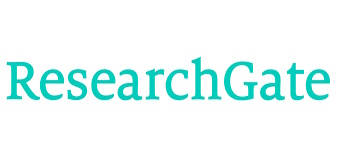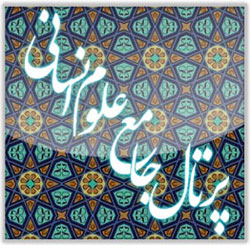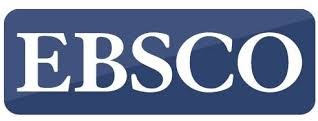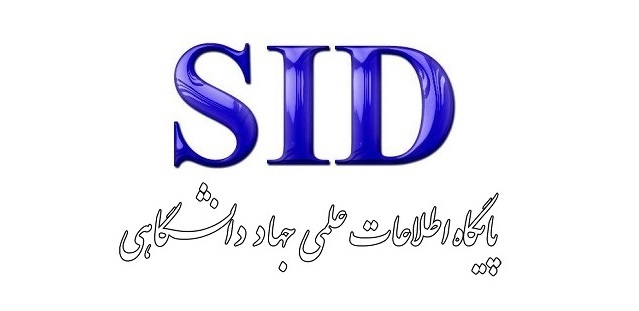تحلیل شبکهای جهت تعیین الویت اقدام بازآفرینی شهری، در نواحی فرسوده مناطق 10گانه شهرداری کلانشهر تبریز
کلمات کلیدی:
بازآفرینی, بافت فرسوده شهری, شاخص, تحلیل شبکهایچکیده
امروزه وجود نواحی فرسوده شهري از جمله واقعیت هاي شهرهاي متوسط و بزرگ کشور است که به همراه خود مسائل، مشکلات و نیازهاي خاصی را ایجاد کردهاند و بخش مهمی از فعالیتهاي برنامهریزي شهري را به خود اختصاص دادهاند، بنابراین بازآفرینی باید در الویت اقدامات قرار گیرد، بنابراین هدف اصلي تحقيق حاضر، تحلیل شبکهای مقایسه زوجی مناطق شهری تبریز جهت ورندهی بوده و سپس رتبه آنها براساس امتیازات به دست آمده و با استفاده از مدل تحلیل شبکهای(ANP) محاسبه میگردد. در این راستا ابتدا به بررسی شاخصهای نظری مختلف پرداخته و سنجههای این پژوهش را تعیین نموده و بر حسب آنها و در جهت بازآفرینی مناطق فرسوده شهری در کلانشهر تبریز، مناطق 10گانه با کمک نظرات کارشناسانه افراد ذینفع، ذینفوذ، ذیمدخل و ذیصلاح مقایسه زوجی میشوند. در نهایت میتوان مشاهده نمود که منطقه 4 تبریز با اختلاف بسیار کمی نسبت به منطقه یک، دارای وزن کمی بیشتری بوده و در نتیجه دارای الویت اول اقدام بازآفرینی شهری میباشد.
دانلودها
مراجع
1. Eskandari N, editor Urban Regeneration and Its Impact on Urban Deteriorated Fabrics2016; Tehran: International Conference on Architectural Engineering and Urban Development.
2. Ghorbanian M, editor Urban Deteriorated Fabrics: An Opportunity or Threat for Cities?2015: The First Annual Conference on Architectural, Urban Development, and Urban Management Research.
3. Pourahmad A, Hadavi F, Keshavarz M. Sustainable Regeneration of Urban Inefficient Fabrics. Environmental Planning Quarterly. 2017;10(37):7.
4. Ardastani Z. Explaining the Indigenous Model of Urban Regeneration for the Revitalization of Deteriorated Fabrics. Tehran: Tarbiat Modares University; 2016.
5. Ghahremani M, Ghahremani G, editors. Improvement and Renovation of Deteriorated Fabrics with Emphasis on Identity Giving2011: The Third National Conference.
6. Boonstra A. Interpreting an ERP-implementation project from a stakeholder perspective. International Journal of Project Management. 2006;24:38-52.
7. Eisa Zadeh A, Abdolkhair FYF, Eisa Zadeh V, Alavi SA, Ray S, Kaplan J, et al. Empowering local communities with monitoring and poverty alleviation strategies in urban areas (Case study: District 9 of Tehran). 2024.
8. Izadi MS, editor A New Approach to Urban Organizing and Regeneration Programs: Review of Findings from the Analysis and Evaluation of Urban Landscape Plans2010; Shiraz: The Second National Conference on Improvement and Regeneration of Urban Historical Deteriorated Fabrics and Informal Settlements.
9. Reza G, Ezatpanah B. Examining the components of urban resilience with an emphasis on natural disasters (floods) in Tabriz city, a case study of areas 2, 3, 4 and 7 of Tabriz city. Journal of Urban and Regional Policy. 2022;3(1):1-20.
10. Supreme Council of Iranian A, Urban D. Guide to Identification and Intervention in Deteriorated Fabrics. Tehran: Ide Pardazan Fan va Honar Company; 2005.
11. Ministry of R, Urban D. Approvals of the Supreme Council of Iranian Architecture and Urban Development. Tehran2006.
12. Zebardast E. A Study of Primacy Changes in Iran. Fine Arts Journal. 2007(29).
13. Zebardast E. Application of Analytic Network Process (ANP) in Urban and Regional Planning. Fine Arts Journal. 2009(41).
14. Rebort Gerry B. Case Study Edinburgh-Craigmillar. 2006.
15. Bruce A, Christopher F, Matthew T. A Guide Toward Transit Corridor Livability: The Transportation/Land Use/Livability Connection. Journal of Transport & Health. 2016(3):461.
16. Momeni M. New Topics in Operations Research. Tehran: University of Tehran Publications; 2008.
17. Momeni M, Atesoozi A. Presenting a Combined GP-ANP Model for Product Planning in QFD. Industrial Management Quarterly, Allameh Tabataba'i University. 2007(4).
18. Barati N. Urban Strategic Development Planning, Warsaw City Strategic Development Plan up to 2020. Qazvin: Imam Khomeini International University Publications; 2007.
19. Barati N, Sardari MR. Urban Strategic Development Planning, Qazvin City Strategic Development Plan up to 2031. Qazvin: Imam Khomeini International University Publications; 2009.
20. Ghaffari P, Pourezzat AA, Araei V, Alvani SM. Designing a Model of Smart Urban Governance Using a Synthesis Approach. Journal of Public Administration. 2023;15(3):400-38.
21. Naderi M, Sefidrou A, Mojtabazadeh H. Providing a sustainable income model in urban areas (case study: District 22 of Tehran). Geography and Regional Planning. 2022;12(48):115-32.
22. Foroutan, et al. The role of spatial identity components in the economic development of peri-urban areas (Case study: Rasht city). Journal of Development of Peri-Urban Spaces. 2023;5(2).
23. Ahmad Motlaghi E, Taghipour AA, Asgari Q. Ranking Urban Areas Based on Quantitative and Qualitative Housing Indicators (Case Study: Damghan City). Urban Space and Social Life. 2024.
24. Slaughter R. Futures Thinking for a New Millennium: Concepts, Methods, and Ideas of Futures Studies. Malekifar A, et al., editors. Tehran: Defense Industries Educational and Research Institute, Center for Futures Studies; 2007.
25. Ahmadiyeh M. City, Green Space, Beauty. Analytical-Research Quarterly of Architecture and Urban Planning, Urban Studies. 2006(17-18).
دانلود
چاپ شده
ارسال
بازنگری
پذیرش
شماره
نوع مقاله
مجوز
حق نشر 2025 مجید عطاری (نویسنده); مجید شمس; عباس ملک حسینی (نویسنده)

این پروژه تحت مجوز بین المللی Creative Commons Attribution-NonCommercial 4.0 می باشد.









